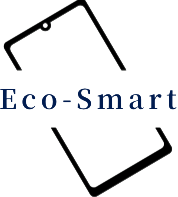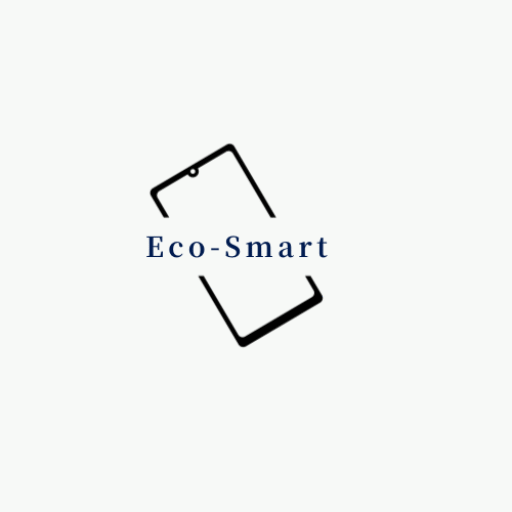
In today's fast-paced digital age, Apple's iPhone is consistently at the top of the smartphone market thanks to its exceptional performance and ecosystem. However, its high price discourages many consumers. This contradiction has given rise to a thriving second-hand iPhone market, offering a seemingly ideal solution for budget-conscious users keen to discover iOS.
When entering the second-hand iPhone market, consumers are first struck by its spectacular price advantage. Take the example of theiPhone 14 By the summer of 2025, the price of a refurbished 'as new' handset will already be half of its original price. The 128GB version can be obtained for around 50% of its launch price, a discount that is hard to ignore for consumers who are careful with their spending. Aside from the price, the longevity of the iPhone's performance is another major advantage for second-hand buyers. The iOS system is renowned for its optimisations: even after several years of use, devices remain fluid after updating to the latest version. As one user put it in 2025: "My second-hand iPhone 14 is still perfectly fluid after two years". This durability is mainly due to the forward-looking design of Apple's chips (generally 1 to 2 years ahead of the Android competition) and rigorous system optimisation, enabling the iPhone to effortlessly withstand years of software updates and intensive use.
From an ecological point of view, buying a second-hand iPhone is also a responsible act of recycling resources. Each reused device reduces the need to produce a new one, thereby reducing the environmental impact of electronics. According to estimates, 80% of carbon emissions from smartphones come from their manufacture, and extending their lifespan significantly reduces this carbon footprint. Some eco-conscious consumers even take iPhone use to extremes, like this user who kept an iPhone 6 for nine years, replacing only the casing, screen and other essential components. This "reverse consumerism" is gradually becoming a trend among young people.
The second-hand iPhone market also offers flexible and varied purchasing strategies. Depending on their budget and needs, buyers can opt for different approaches: "buy last year's model second-hand, use it for two years and then resell it" or "use it until the end of its life". For enthusiasts of recent technology, buying a top-of-the-range used model from the previous generation often offers better value for money than buying a new mid-range model. For those on a very tight budget, choosing an older-generation iPhone that has already been heavily depreciated means you can discover the iOS ecosystem at minimal cost. This flexibility and diversity of strategies are unique advantages, unrivalled on the new market.
How to find a iPhone quality used cars?
When buying second-hand electronics, don't just focus on the price. The overall cost is the key element to consider. A very low-priced iPhone with a battery condition of just 80% could quickly need replacing at a cost of 500 yuan, while a more expensive device costing 300 yuan but with a battery at 95% could prove more economical in the long term. Similarly, the choice of storage capacity should be based on real needs: 64GB may be enough for an occasional user, but photo and video enthusiasts should opt for 128GB or more, thus avoiding tedious regular cleaning sessions.
The second-hand iPhone market acts as a revealing prism for the complexity of today's consumer electronics landscape. On the one hand, it gives more people access to quality technological products at a reasonable price. As users of second-hand iPhone 14s (and even older models) who are still perfectly functional can testify, technological experience and rational consumption are not incompatible. On the other hand, this market is also undermined by information asymmetry and various pitfalls, requiring consumers to have sufficient knowledge and discernment to navigate it safely.
- The value of a product should not be determined solely by its year of release, but by its actual experience of use.
From a broader perspective, the growth of the second-hand electronics market represents a crucial step in the technology industry's transition to a circular economy. Every iPhone that is given a second life reduces the production of a new device, thereby reducing the use of resources and the environmental impact of manufacturing. Although difficult to quantify, this ecological value makes a tangible contribution to the sustainability of our planet. By choosing second-hand over new, consumers are actually voting with their wallets in favour of a more responsible way of producing and consuming. The emergence of promotional concepts such as "A goldmine of used, reconditioned and sold phones, with surprises waiting to be discovered! on the market is a direct echo of these values.

